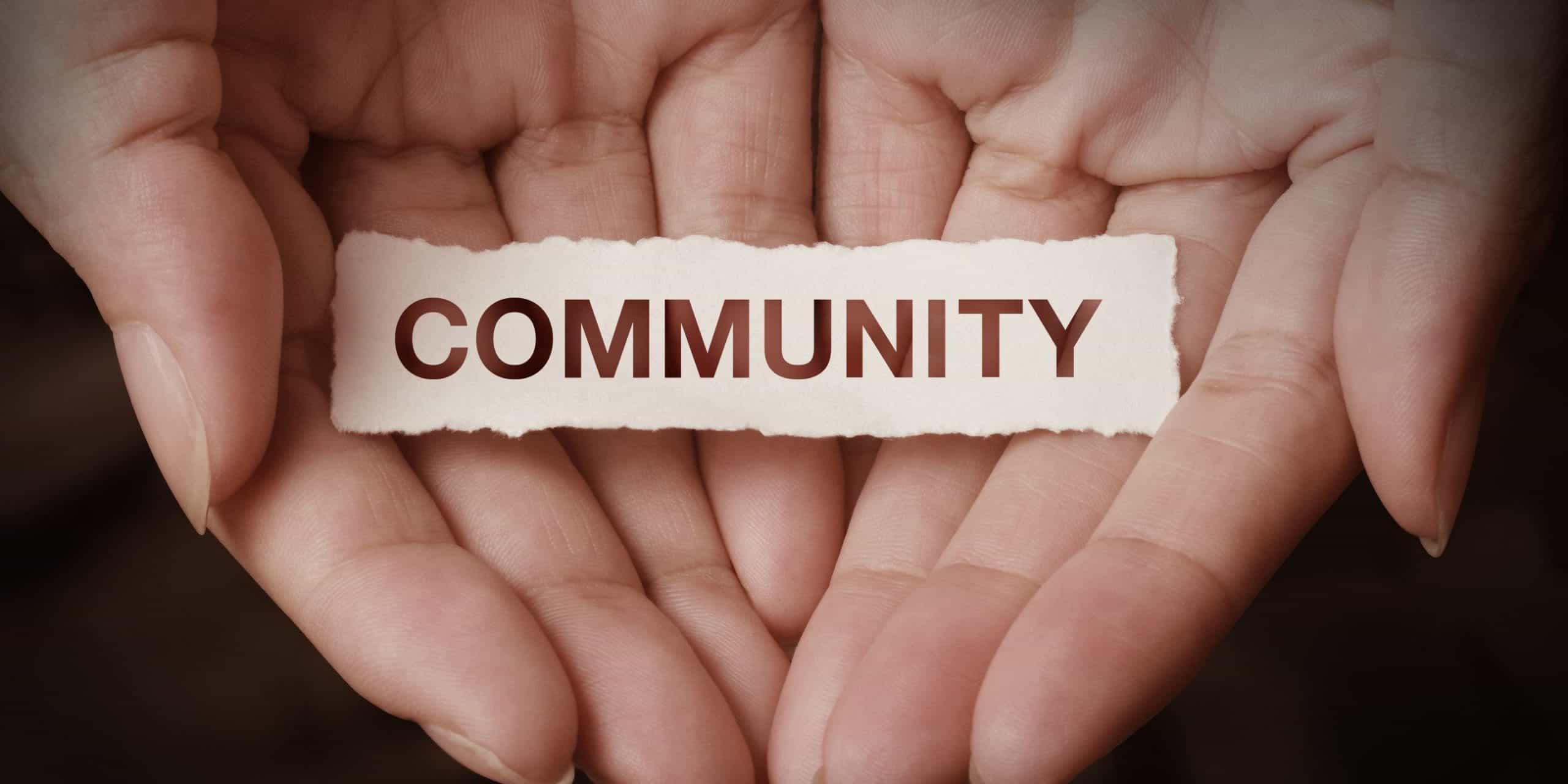We often hear, and use the word “community” either directly, indirectly, consciously, or unconsciously. But have you ever thought of its actual meaning? Of course, it’s quite easy to say but in reality, it could be a rather complex topic to get yourself involved in.
We can’t start talking about the types of communities we have without delving into what a community is.
What is a Community?
From the word itself, we could say a community is a group (whether small or large) of individuals who tend to live in unity to achieve a common goal. Before a category of people could say they are working towards a mutual goal, the community must be driven by passion and its participants must, of course, live in one accord.
Human communities may have values, identity, norms, belief, resources, needs, preferences, or even risks in common and this solidifies the sort of bonds which exist among them. However, a compromise from one end (a person or a group of persons within the community) could disassemble such a community without any accomplishments.
An organized community should have a platform where its members can interact with one another and air their opinions. Such platforms could be a virtual or physical setting that allows easy communications among its members. A good example of communities is the co-living spaces which are a form of a residential community that accommodates more than two individuals who may or may not know one another (more explanation soon).
Features Of A Community
A Group Of People
Before a community could be referred to as one, there should be an association of different individuals occupying a particular territory or platform. For example, members of a Facebook community or any other social platform can have a physical location where its members meet periodically. Therefore, in the most basic sense, a group of people, irrespective of their size is what makes a community.
Geographical Location
Individuals who constitute a community should have a physical point of convergence. Without this, a community is not formed. However, such points of convergence need not be fixed as in the case of nomads.
Uniformity
Running a successful community implies there is uniformity or similarity amongst the members. Participants of any community are united by a mutual objective and they all should work in line with that. They could be uniform in their methods, beliefs, language, or any other thing that has brought them together.
Types Of Communities
It’s cool to say there are 3 main types of communities which include urban, suburban and rural communities, however, such grouping could be referred to as being too condensed. In a broader sense, an individual, being the smallest unit of a group of people that constitute a community will be used to categorize the different types of communities that exist.
Individual
Of course, an individual cannot be referred to as a community, however, it is a part of a whole that makes up a community. The interaction between an individual and the community such a person exists makes them fit for consideration.
Microsystems
Microsystems are an elaborate form of the previously discussed type and may be regarded as the closest group an individual interacts with.
Examples of such community include families & friends, school mates & teachers, coworkers & team members. Obviously, this classification depicts a group of people that an individual often engages with.
Organizations
Organizations may be referred to as an association of people or an institution usually comprising a group of individuals working to achieve a common goal. In an organization, each department is a microsystem which can be easily influenced through different channels.
Examples include your workplaces (e.g schools, companies etc), various religious centers, and a defined community within your neighbourhood.
Localities
Locality refers to a community where people live and it usually varies in size. Locality could be a neighbourhood, an entire town, city, or even a region. Each individual living in such a setting tends to have at least a common interest ranging from their economic, political, and cultural views including those events that emerge from them.
Macrosystems
This is the most important and widest category of a community. Moreover, all other categories that have been discussed are, in fact, a subset. Examples include cultures, beliefs, governments, societies and social systems.
Urban, Sub-urban & Rural
Urban Community
An urban community is located in a large city or town and it is usually characterized by a large population (more than 2,500) with modern infrastructures that are usually absent from the rural community. Because of the high population, apartments and homes in the urban area are usually near due to the non-availability of space.
Residents of the urban community and their goods are transported via various means that include subways, trains, buses, taxes and some prefer to walk. The average cost of rent in this type of community is exorbitant, therefore, you should be prepared for that.
Sub-urban Community
Otherwise known as a suburb, a suburban community is a residential area that exists at the outskirts of an urban community. Such a community is a low-density area with the commuting distance of a city.
Sometimes it could be difficult to distinguish between urban and suburban communities due to the similarities that exist between them. However, you should know that a suburban community is different and one obvious difference is the compactness of the general environment. Moreover, the cost of housing here is quite low compared to what it is in an urban community.
Rural Community
The rural community is characterized by low population density with scanty homes located not too close to one another. Unlike the urban and suburban communities that are dominated by industrial and commercial buildings, the primary assignment of people living within the rural area is agriculture.
Agricultural produce, are, however, transported from here to the cities. Obviously, these people feed on fresh food directly from the source and tend to live longer than those living in the cities. Housing here is quite cheap and may cost you nothing.
Seeking the Ideal NYC Room?
Imagine not just an ordinary room, but a lively community waiting to be called ‘home’. SharedEasy Coliving welcomes you to a new way of living! Discover our stylish, fully-equipped rooms, designed to complement your dynamic New York life.
Make Your Move Now:
Tap “Get Offer” or dial +1 929-575-4767 to explore how SharedEasy can elevate your living experience. Enjoy the convenience of flexible leases, inclusive amenities, and rooms prepped for immediate move-in. Your vibrant NYC community is calling. Become part of the SharedEasy family today!
Conclusion
By now, you should know there are three types of community. However, such classification contains other few elements (like individuals, microsystems, organizations, localities, and macrosystems) without which there won’t be anything to refer to as rural, suburban or urban communities.





